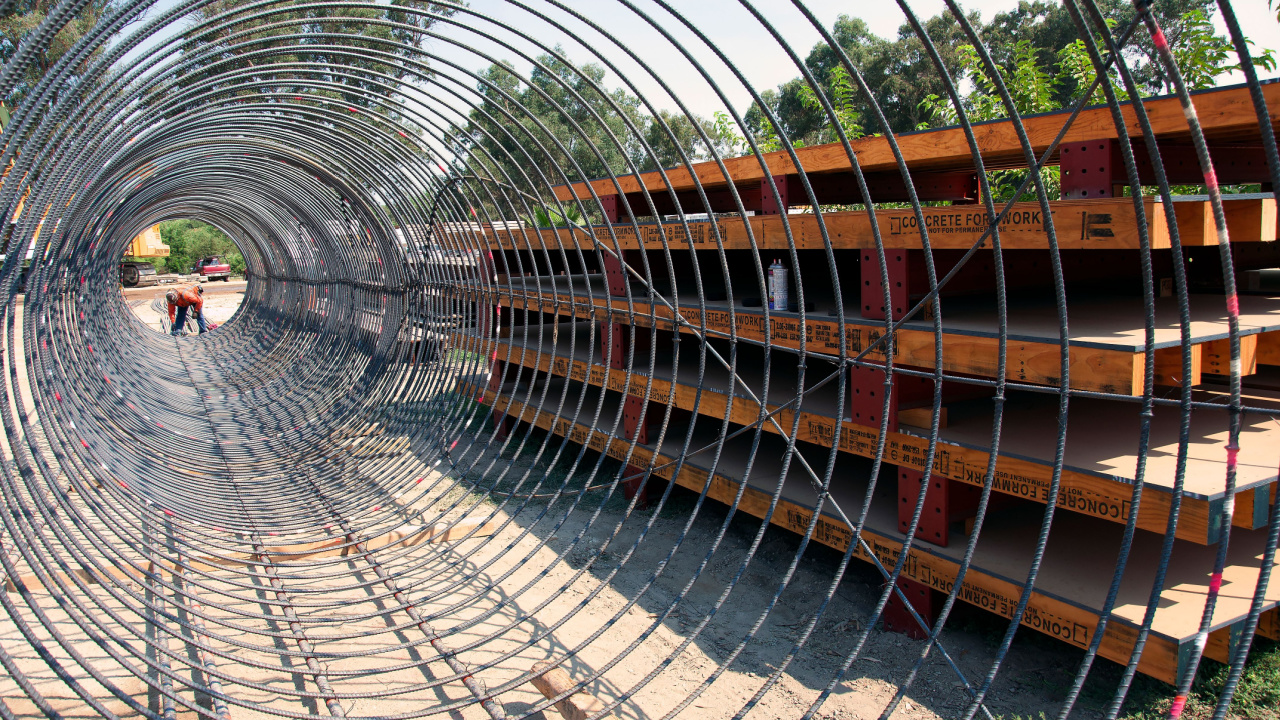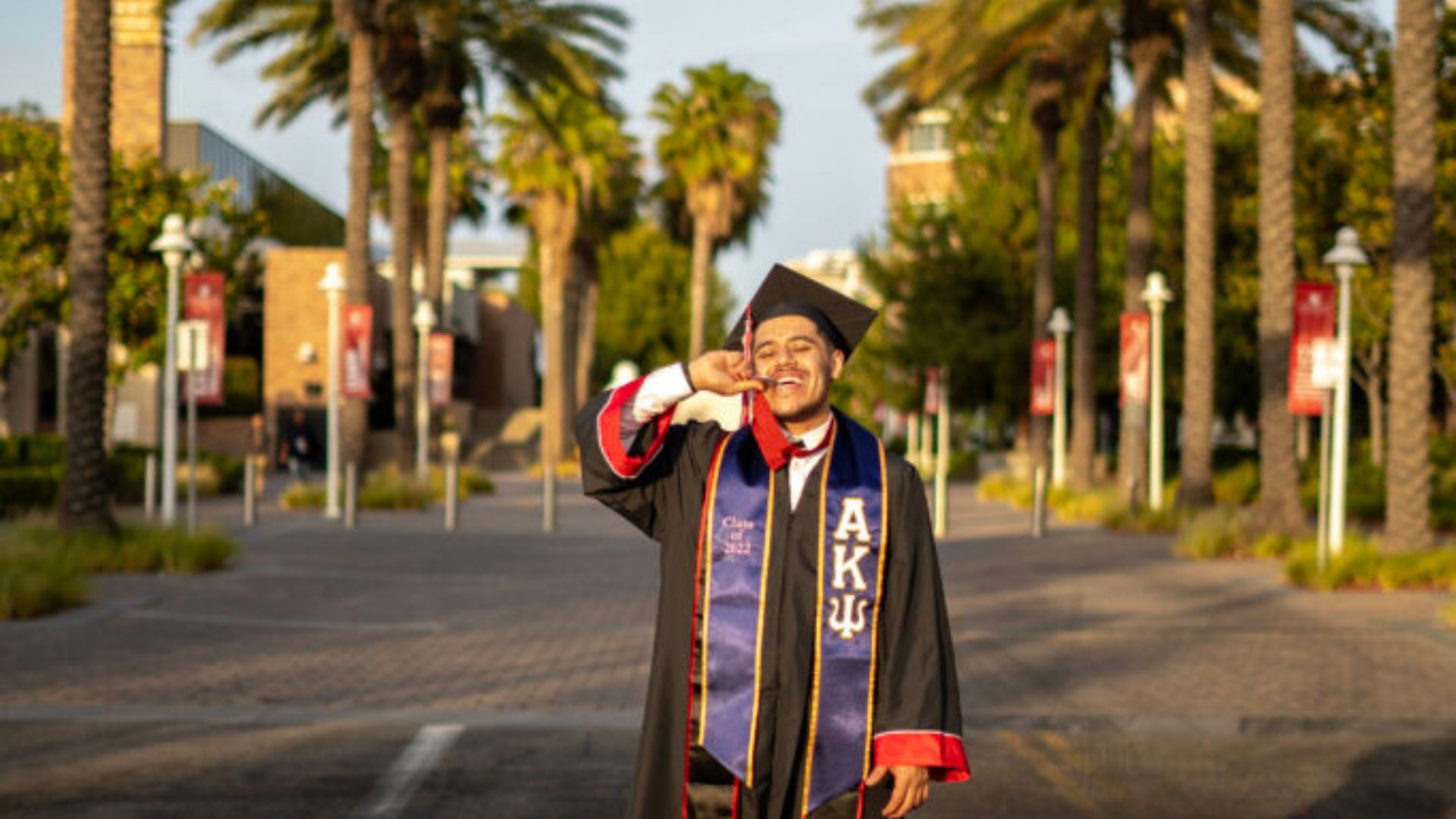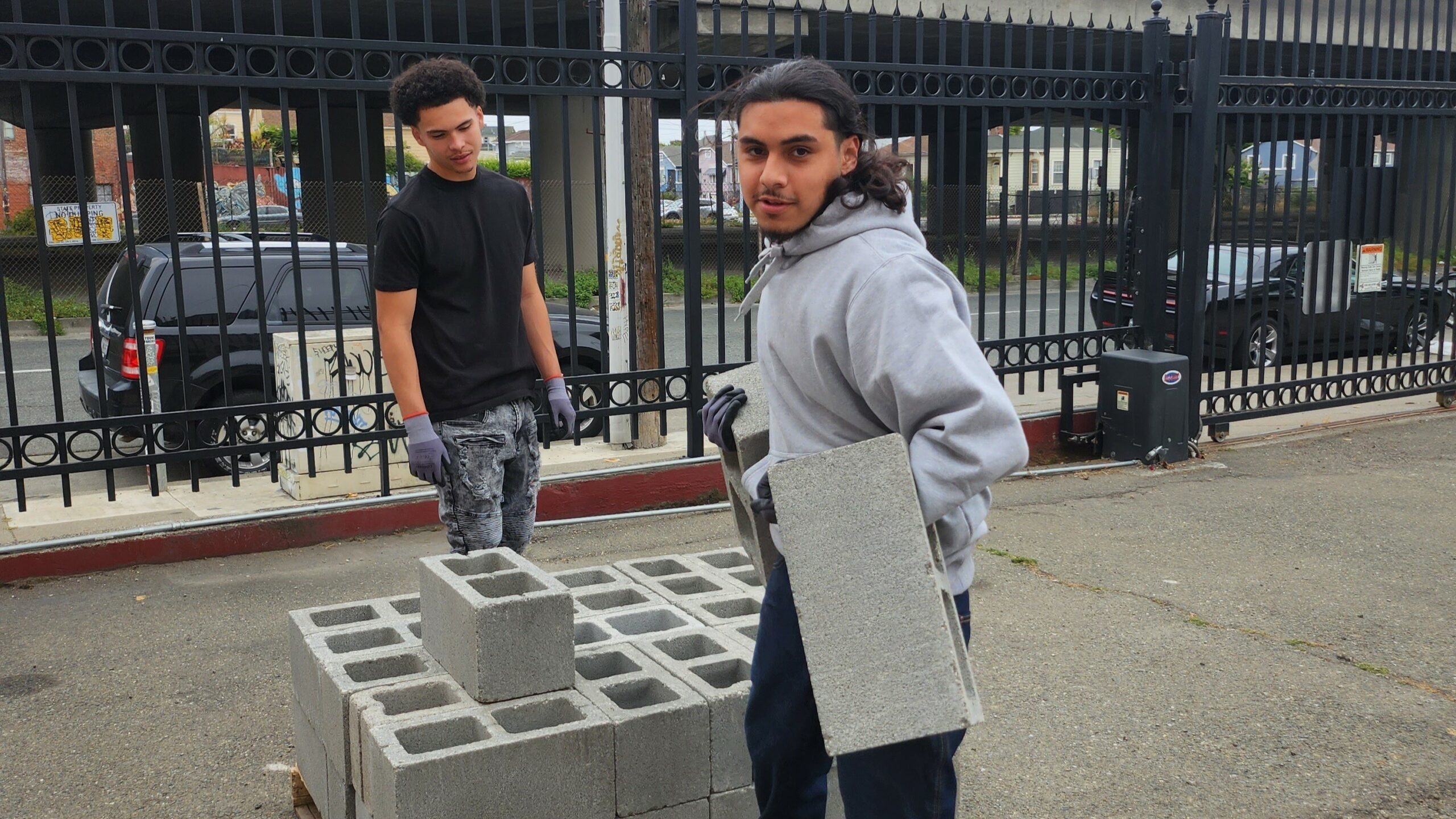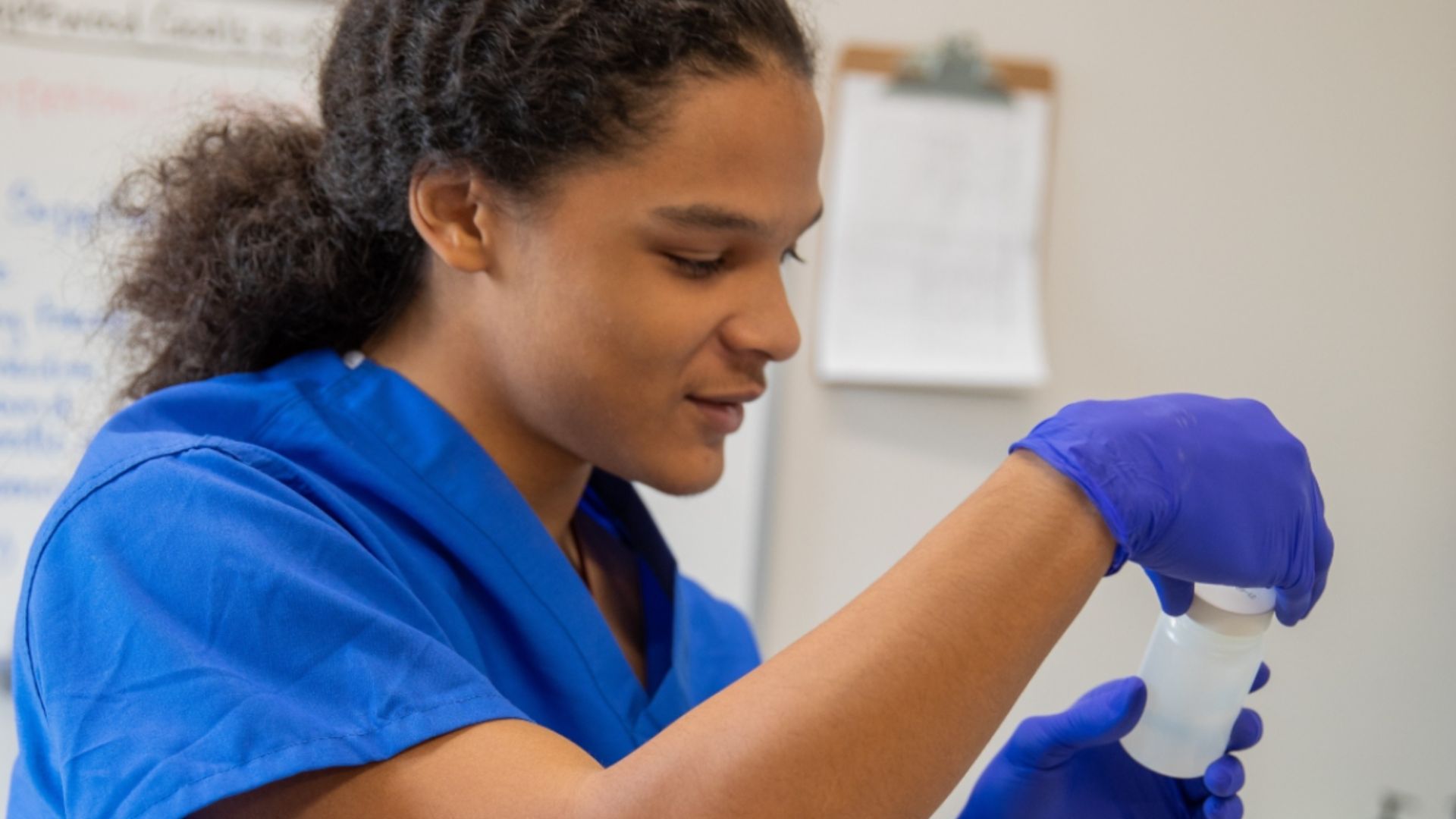Innovative thinking in Montgomery County Public Schools (MCPS) in Maryland recognizes the value of high school students getting real-world work experience to help them prepare for the future. The two-year-old program gives high school seniors the opportunity to continue their studies while giving them a taste of the job market.
When Duane Arbogast, Ed.D., chief of strategy and innovation with The Children’s Guild, approached Jack Smith, Ph.D., the MCPS superintendent, about TranZed Academy for Working Students (TAWS), Smith did not require a lot of convincing.
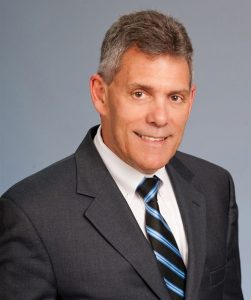
“I thought it’s a tremendous opportunity for us to reach students who I don’t think are reached very well by the public education, traditional high school experience,” says Smith.
Launched in 2018, TAWS allows high school seniors to take academic classes for part of the school day, allowing them the remainder of the day to go to a job.
“Students don’t need seven classes [a day] to graduate,” says Demetra Crawford, M.Ed., program director with The Children’s Guild. “A student can go to school for two hours and be done for the day.”
In addition to flexible academic schedules, the students receive career coaching and post-graduation planning.
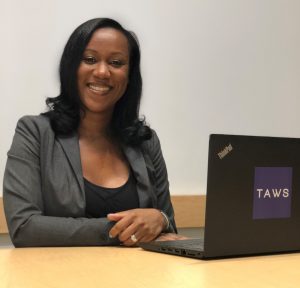
Crawford is hands-on with the TAWS students helping them gain skills to move through the world outside of school. “We’re going to the employers or speaking to the managers frequently to see what the student needs. If the student is lacking in certain areas, let us know so we can help them with those skills, then they can come back and be more marketable.”
Genevieve Floyd, Ed.D., is the supervisor of career and postsecondary partnerships for MCPS. She agrees that it’s critical for students to learn non-technical skills.
“We call them career competencies. And that involves being a team player, collaboration, proficiency in communication skills, leadership skills, critical thinking. We also added digital literacy because we found, more often than not, the need to be digitally literate,” says Floyd.
Work Experience is Valuable Experience
“[TAWS is] a great way for us to provide students the access and the opportunity to complete high school. And work because they need the income, work because it’s what gives them satisfaction in life, work because they’re learning to be independent, and developing their own sense of agency and efficacy as a human being,” says Smith.
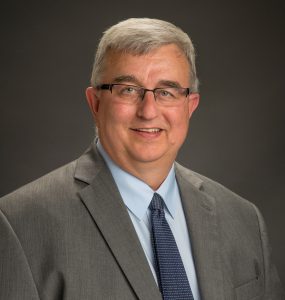
While some student participants work to financially help their families, others are primarily eager to experience life outside the walls of high school, according to Crawford.
“We just have really motivated kids that know what they want to do. They want to take advantage of TAWS for the support that they get, for the mentorship that they get, for the one-on-one support they get. So students are working more hours because TAWS allows them that flexibility. Then they’re, in turn, saving money so that they can pay for school.”
For whatever reasons the students are working, they are learning lessons, says Arbogast. “Work in and of itself can be valuable to any career. I know for myself, I started in a grocery store. The things I learned in that grocery store when I was 15, paid dividends.”
“TAWS is very much high touch”
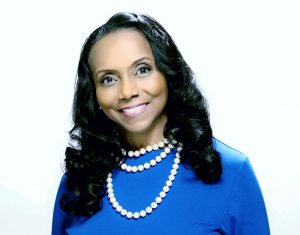
“We have qualified, capable, motivated partners in TAWs. They are assisting in getting [the students] across that finish line, as it relates to a high school degree and onto a career trajectory,” says Floyd.
“TAWS is very high touch. They are connected to the students, they are calling students, they are doing home visits. They’re doing a lot of support that helps our [district] staff who have hundreds of students that they need to do that for,” she continues.
An example of a student who benefited from her TAWS experience is Camille Hu who graduated in August 2019 from Walter Johnson High School in Bethesda. She learned about TAWS during her senior year when the counseling department contacted TAWS staff.
At the time, Hu’s mother was moving back to China and she wasn’t sure how she was going to manage. Hu got a job as a lifeguard and, incredibly, Crawford invited her move into her home.
Referring to TAWS, Hu says, “I think that experience is super valuable. It helped me learn how to balance life, work, school, and how to manage time. It’s just so precious.”
Hu is halfway through her sophomore year at University of Maryland, Baltimore County. She is studying graphic design. “I came to this major because I want to meet different types of people. Graphic designers get the chance to know people from various industries and companies and help them by presenting the visual arts. That’s what I think really got me into that field.”
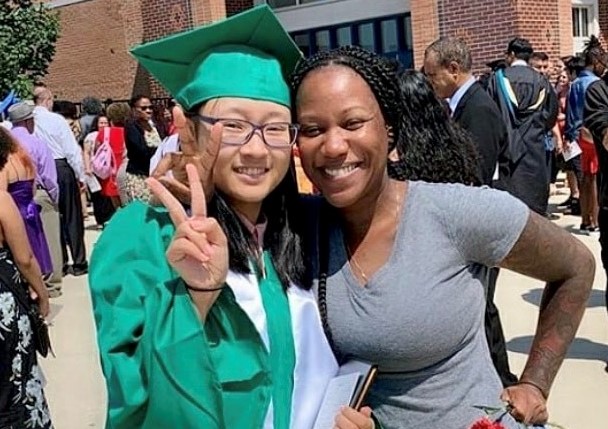
Post-High School Plans
“Back in the day, four-year degrees, that’s what we did. And that’s what we prepared students to do in high school,” says Floyd.
“But just looking at the college-going practices nationally, not all students are leaving with a four-year degree. In some cases, the four-year degree they’re leaving with does not set them up for a lucrative career.”
Smith says the school district typically graduates 12,500 students each year. About two-thirds go on to a two-year or four-year college. “So the last 3,500, typically don’t go to college. About a third of the graduating class doesn’t go right out to college for whatever reason.”
While not everyone attends a four-year college, Floyd says students should consider an alternative pathway. “I do believe it is important when you’re looking at financial benefits that some kind of postsecondary credential is beneficial.”
“Success is that really good first step out of high school into the workforce, into the two-year local college, into the four-year college, into an apprenticeship, into a union-created job where they get trained, internships, whatever that is,” adds Smith.
Navigating the Adult World
Young people are currently experiencing high unemployment rates. According to the Bureau of Labor Statistics, the November rate for people 16-19 was 14%. And the rate was 10.5% for those ages 20-24.
Arbogast says this population needs guidance. “No one’s talking about young people supports as they navigate entry into the adult world, which includes work. So what is the network of support that young people have to help them navigate the pressures of being an adult, work and school?”
“What I’m seeing this program do is they’re helping these kids figure out ‘How do I manage my work? How do I manage my family? How do I manage my academics? How do I manage my career advancement?’ This is very much in the domain of social capital and this idea of a network.”
In its first two years, 117 students completed the TAWS program and graduated from high school. So far, in the current school year, there are 44 TAWS participants.
Collaborations and Registered Apprenticeships
Looking to the future, Arbogast would like to collaborate with more employers to set up registered apprenticeships for young people. “Apprenticeships are still not seen as a value-add outside of the trades, whereas in the UK and across the world, apprenticeships are a normal part of the postsecondary fabric. They have not reached that status outside of the trades. We are trying very hard to open up what we call non-traditional apprenticeships.”
“We go to employers and we say, ‘What are your needs? What are your hiring needs?’ They’ll say, ‘We want a computer science degree’ and we’ll say, ‘Well, what are they actually doing?’ And it turns out all you need is A+ certification.”
“Apprenticeship opportunities are valuable for TAWS and non-TAWS students because it provides them the opportunity to have on-the job-training, get paid while they’re going through the training, and to well-position them for a great career that’s economically beneficial for them and their families,” adds Floyd.
More Than a Program
Hu gives TAWS a great deal of credit for where she is now. “TAWS made such a big difference in my life. It basically saved my life. From me alone and no direction, knowing nothing to becoming an experienced student, experienced worker, and finding my way out to college.”
About his willingness to bring TAWS to his district, Smith says, “It’s very much related to my own personal experience in life. I grew up in eastern Washington state. My family was very poor. My parents not only didn’t go to college, they didn’t graduate from high school. There are many other students like me out there in the world, and we need a place to start that makes sense to us.”
Says Smith, “I think we have to say to kids, ‘So what do you want to do? And how can I help you get there?’ Because we have nothing to provide except service to students.”


